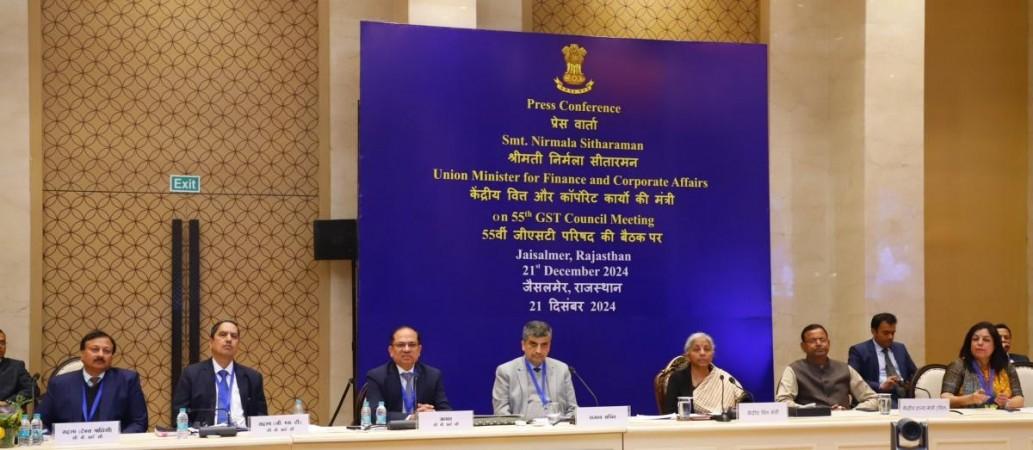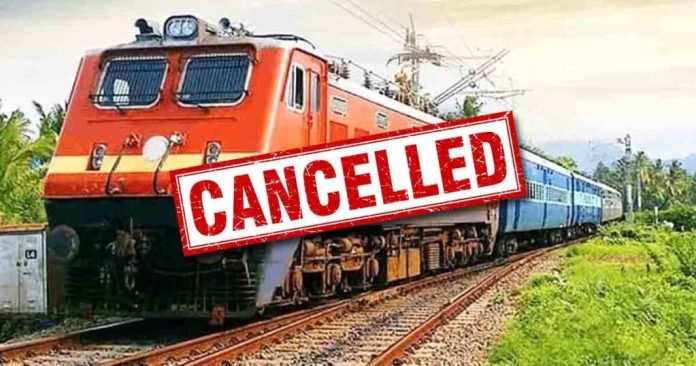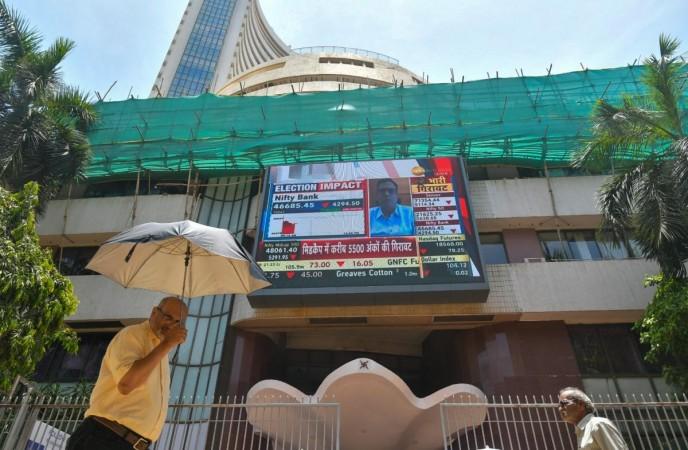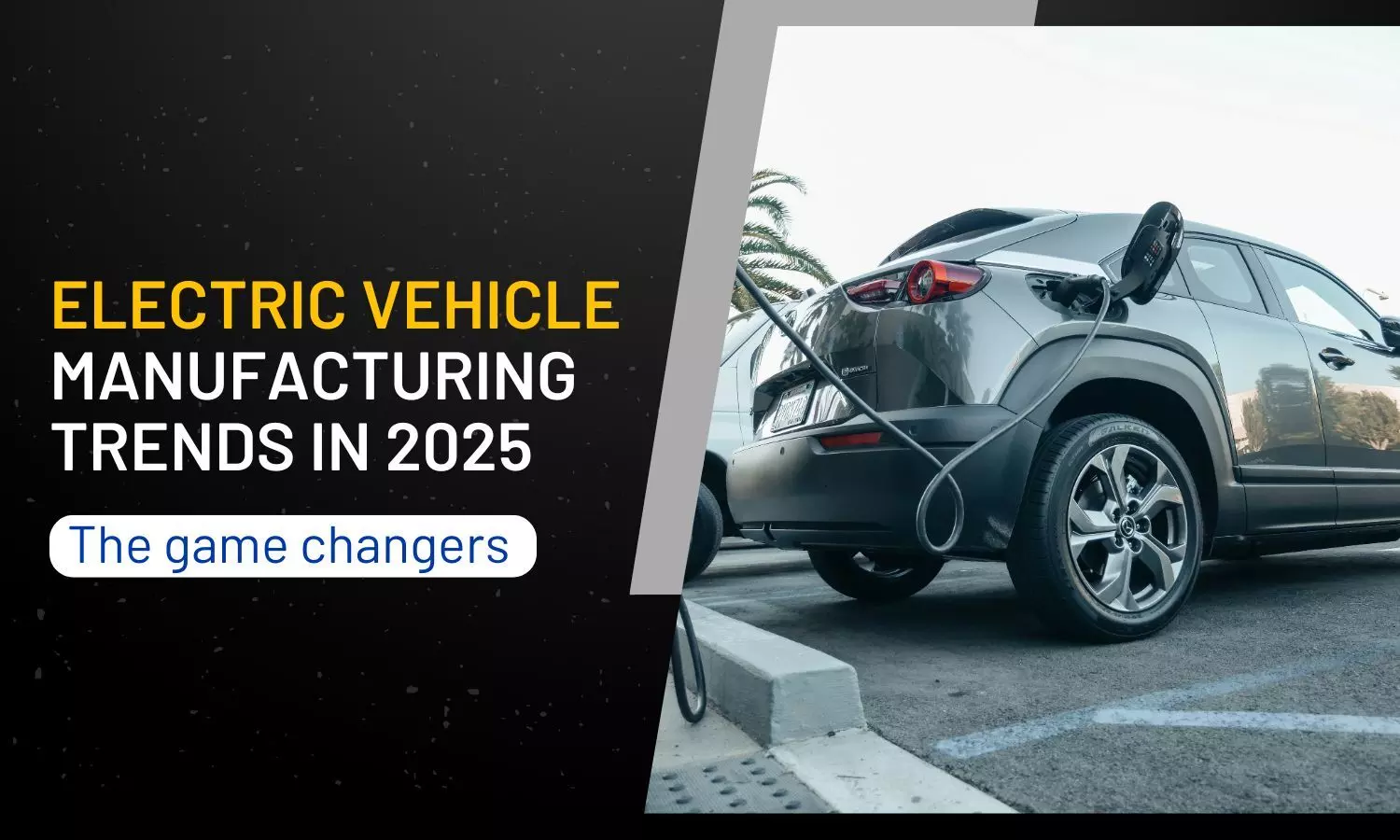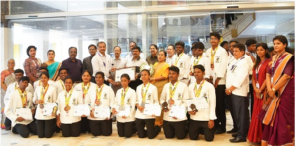
The automotive industry is evolving towards a direction that is focused on technological improvements, shifts in consumer behaviour, and the incredible demands for sustainability across the globe. An in-depth look at emerging disconnect features points to automation, shared service, and electrification as being instrumental in shaping vehicles in ways that were not envisioned as soon as 2025. This is a clear example of the innovations produced in this sector. So, what trends will we elaborate on and how can companies adjust to the new conditions of the automobile industry?
1.Connectivity: ushering in a new id era of Smart Vehicles
There is no doubt that connectivity, which is a vital layer of the IoT, is changing the automotive industry for good. By 2027, it is estimated that a total of about 367 million of the connected vehicles will be in existence globally. Today’s cars are no longer the mere vehicles used for moving but are becoming central components in an entire ecosystem. For example, Vehicles having advanced communication systems are capable of communicating with each other as well as communicating with the surrounding infrastructures thus enhancing safety, maintenance, and unique experiences for the drivers.
What is interesting to note is that the connected car revolution will also usher in a slew of new business models. The car manufacturers get to understand and improve on the design of the vehicle, how users interact alongside one’s predictive maintenance. McKinsey predicts that in the year 2030, almost 95% of all newly sold cars will be highly connected. In order to be in the fray, manufacturers have to make investments into smart car technology along the lines of the gap left by BYD Auto and introduce new software technologies such as Volkswagen’s Cariad.
2. Autonomous Vehicles: Retaking control of the Wheel
There is competition in the autonomous cars space, and this excitement is only mounting. By the year 2025, there will be an estimated 3.5 million self-driving cars in the US which has implications of that number reaching 4.5 million by 2030. Advanced sensors, cameras and AI systems implement unmanned driving which has its clear advantages in terms of enhanced safety, fuel savings, and convenience.
The onset of driverless vehicles would herald new paradigms for automotive manufacturing. As the electric car demand increases, manufacturers are going to have to alter their vehicle design and also train a new breed of workers. Companies like Waymo are already pioneering self-driving carpool rides and this will likely become more common in the years to come. More importantly, however, for the automakers is how to strategise around the emerging new models for growth such as mobility as a service, which is largely driven by the increase in urbanisation and evolving consumer behaviours which may bring down the need for owning a car.
3. Shared & Service Vehicles: The Growth of Mobility as a Service
The increasing adoption of shared mobility solutions is altering the dynamics of the automotive industry. There is a growing trend among the people to prefer vehicles for hire or ride hailing services instead of getting vehicles for themselves. This trend is caused by the need to meet the demand for convenience, better services, and low prices.
Automakers are evolving into Service Providers rather than product suppliers. Some companies, such as Hyundai and Kia, are concentrating on software development and fleet management while GM has focused on the fleet business while putting much emphasis on customer retention and repeat business. In the companies’ perspective, as the marketplace for shared services grows, manufacturers need to focus on fleet management technologies and harness connectivity data to improve effectiveness. Moreover, the development of partnerships and joint ventures as in the case of Stellantis and Foxconn will also be critical in meeting the rising demand of basic automotive parts such as semiconductors.
4. Electrification: A Push Towards Sustainable Mobility
The automotive industry has adopted electrification as its sound future strategy. Car manufacturers are spending a lot of money on electric vehicle (EV) development owing to the need and regulators’ concern. Ford has announced that it will invest $ 29 billion between now and 2025 in electric and powered vehicles. With the stringent emission policies being pursued the world over, the automobile sector will have a great opportunity to shift towards manufacturing Evs which are best placed to reduce the carbon footprint in the transport industry.
The path towards changing the vehicles to electric has got its share of opportunities and hurdles. There is increased focus among car manufacturers to get the batteries that last longer in terms of driving distances, and reduce waiting time to recharge the battery, making NEVs quicker to mass produce, and broaden the market application.
Envisioning the future
There are four pivotal trends that automotive manufacturers should start adapting rapidly to remain fully competitive in the market:
1. Outlay on tech and innovation: Connectivity and electrification as well as autonomous cars all greatly depend on advanced tech which is expensive. Therefore, those companies that are most competitive always spend and invest money in R&D, appoint tech companies to partner with, and innovate focuses they’ll manufacture.
2. Embrace new models of business: Car sharing services when combined with autonomous cars will fundamentally change the vehicle sales ecosystem, moving away from a traditional ownership model to a more service-oriented model. Car manufacturers will have to look for new business models like fleet management, on-demand mobility, and even new services based on data.
3. Prioritise sustainability: Due to the rising popularity of EVs and eco-friendly measures, the manufacturers must increase their research on sustainable technology, improve production efficiency, and adapt to the stringent environmental policies emerging.
4. Place yourself in the client’s shoes: Staying abreast of the ever-shifting dynamics of shifting consumer behaviours. To create the most pertinent vehicle and service offerings for a modern-day car buyer, these changes have to be understood.
Conclusion
Due to new technologies and shifting consumer preferences, the direction of the automotive sector and industry is bound to alter definitely. By the year 2025, the production trends of the automotive industry will have been modified by autonomy and connectivity and shared services integrations. The projection for the evolution of the automotive ecosystem indicates that those companies which currently invest in social responsibility practices and changing business infrastructure will succeed.
